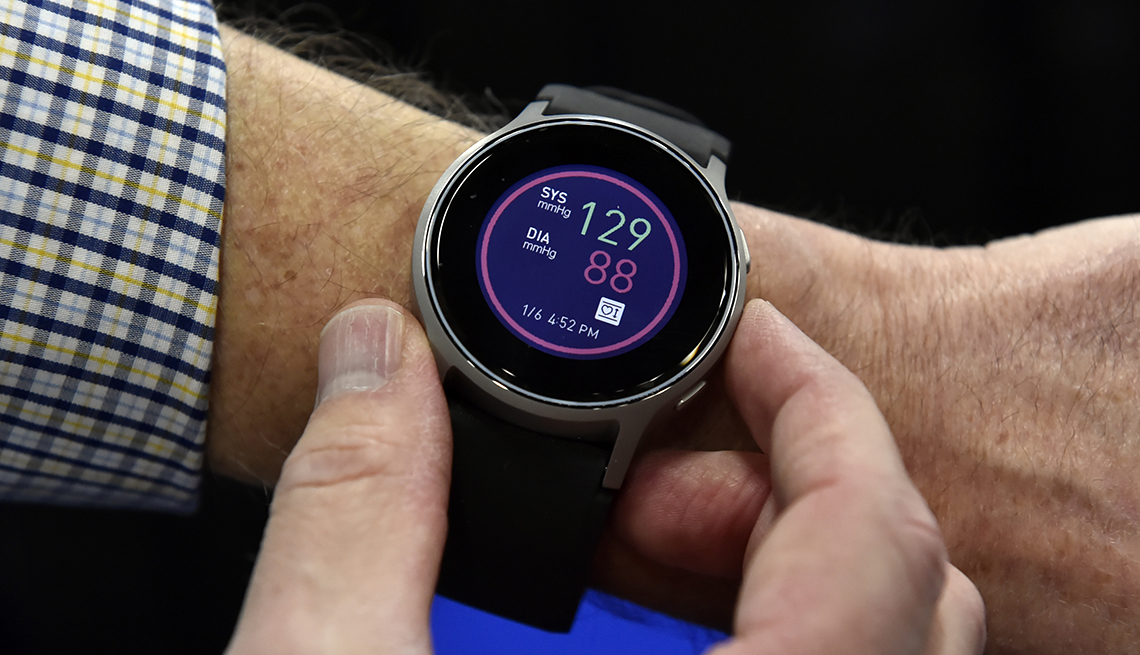Staying Fit
Jeff Ray was touting a new HeartGuide device, used to monitor blood pressure, when his own reading hit the danger zone: 166/110. A normal blood pressure reading is about 120/80, according to the American Heart Association.
“Really high,” said Ray, 45. “If that were my normal blood pressure, I’d be concerned.” But it's not, so he wasn't. Ray, from suburban Chicago, was showing off this “wearable,” a monitor that looks like a smart watch , at CES (formerly called the Consumer Electronics Show) in Las Vegas.


AARP Membership— $12 for your first year when you sign up for Automatic Renewal
Get instant access to members-only products and hundreds of discounts, a free second membership, and a subscription to AARP the Magazine.
Because it's his business — he works for Omron Healthcare as executive director of business and technology — Ray knows that blood pressure fluctuates during the day and can be affected by diet, sleep patterns, activity level and exercise. His higher-than-normal rating may have been due to the hubbub of the largest tech show in the world, and the attention being paid to his HeartGuide, which the Food and Drug Administration in December cleared as a medical device.
For tech and entertainment news, plus more, get AARP’s monthly Lifestyle newsletter.

































































